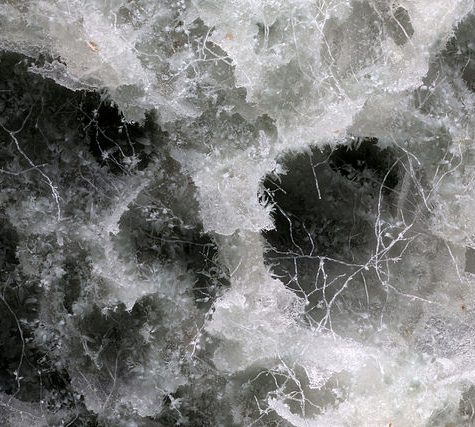Dead Buds from a Pine Tree
$19.00 – $400.00A pine is any conifer in the genus Pinus, /ˈpiːnuːs/,[1] of the family Pinaceae. Pinus is the sole genus in the subfamily Pinoideae. The Plant List compiled by the Royal Botanic Gardens, Kew and Missouri Botanical Garden accepts 126 species names of pines as current, together with 35 unresolved species and many more synonyms.[2]
















